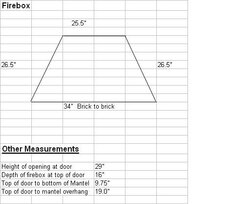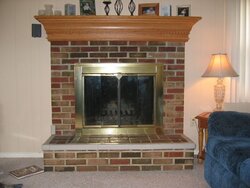Seaken is correct not all liners require insulation to meet UL approval . Off hand could you list one that does not?
How ever if you purchase a cheaper liner, than chances are ,that manufacturer's liner has been tested, spec, and listed with insulation required for UL approval.
To me ,1/8" cracks in clay liners, exceed being hair line and that has to be addressed. Any protection and clearance that clay had ,is now compromised.
Now re lining the chimney, the liner has to stand on its own metits. The existing chimney is no longer NFPA 211 compliant, so any exemptions excluding insulation allowed in a NFPA 211 chimney and liner is off the table.
First of all most liner manufactures require insulation to achieve UL listing and approval.
That's what I said, I did not say all. I think I gave correct code compliant advice. If need be, I can cut and past code language concerning Labeling and listings
I may have errored in my oppinion of VC winter warm inserts. That was just that, an oppinion. However while doing the Plant tour, it was pointed out ,the mold beeing made for the winter warm replacement. I agree not all winter warms have been negative experiences for their owners. But one beggs to wonder why VC is in the process of replacing them?
Nobody supports VC products as much as I do here. VC is listening and addressing the Winter warm gasketing problems, by using a simpler design .
Goose are you reading this thread please confirm our discussion with Peter MacLeary ( Engineering Manager at VC)



